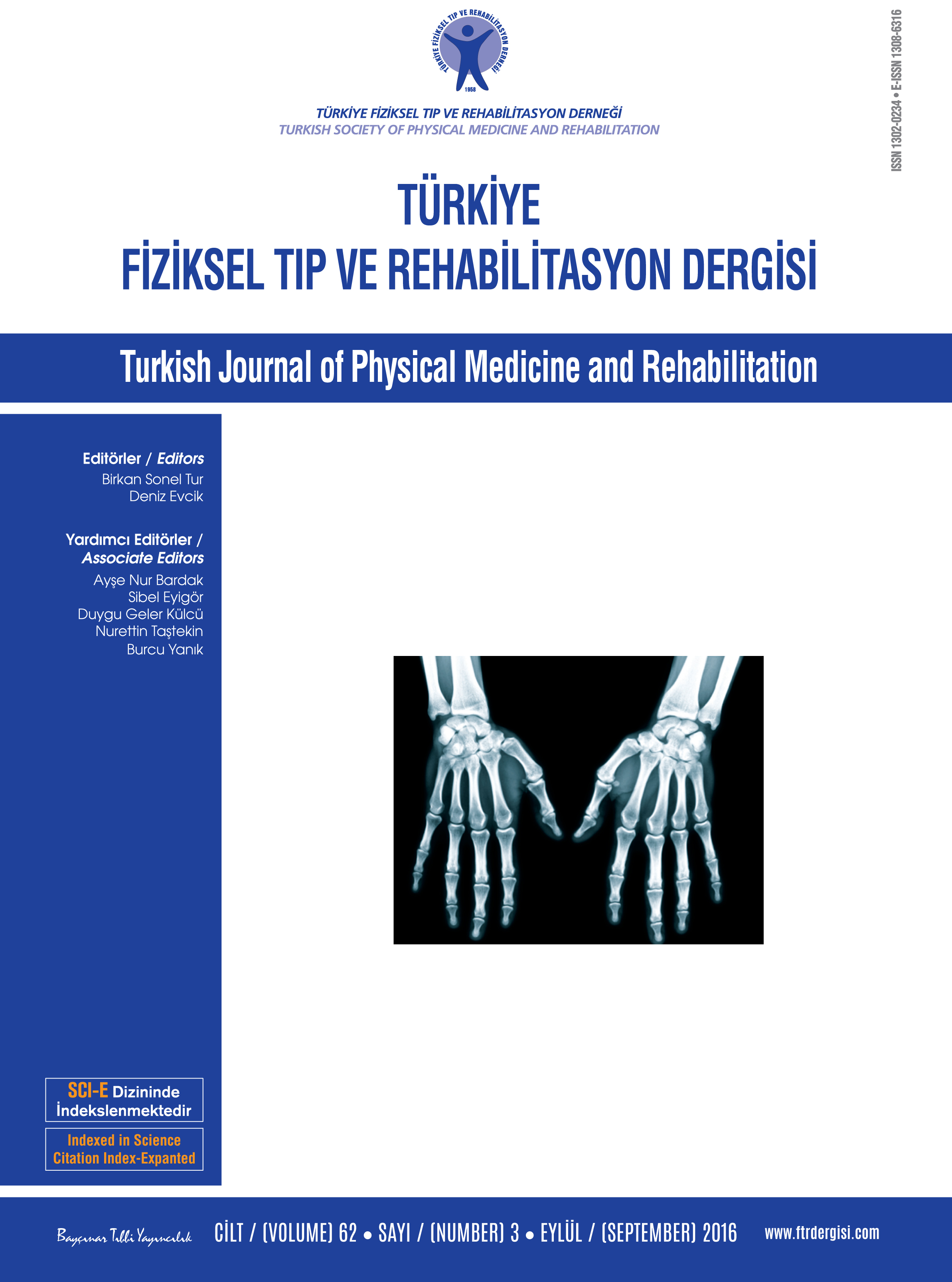Is the difference between median sensory and ulnar motor latencies better than combined sensory index in carpal tunnel syndrome diagnosis?
Patients and methods: The study, which was conducted between November 2013 and May 2014, included 49 patients (7 males, 42 females; median age 45.9±6.6 years; min. 19 - max. 65) and their 97 hands. Of the hands, 47 had symptoms and signs of carpal tunnel syndrome with normal routine nerve conduction studies (group 1) and 50 had carpal tunnel syndrome by standard criteria (group 2). Then, MSUMLD and CSI were performed for the two groups.
Results: The median sensory-ulnar motor latency difference had sensitivity of 86% and specificity of 70%; however, CSI had a sensitivity and specificity 72% and 92%, respectively. The median sensory/ulnar motor latency difference was over the normal range in 14/47 hands (29%) with normal conventional nerve conduction study. Twenty-nine percent of these patients would be categorized as normal with standard nerve conduction studies.
Conclusion: This new method (MSUMLD) does not need to stimulate more sites during conventional electrodiagnosis and is just a simple mathematical practice that may be a complementary method in diagnosis of mild carpal tunnel syndrome.
Keywords : Carpal tunnel syndrome; median nerve; neural conduction; ulnar nerve

















